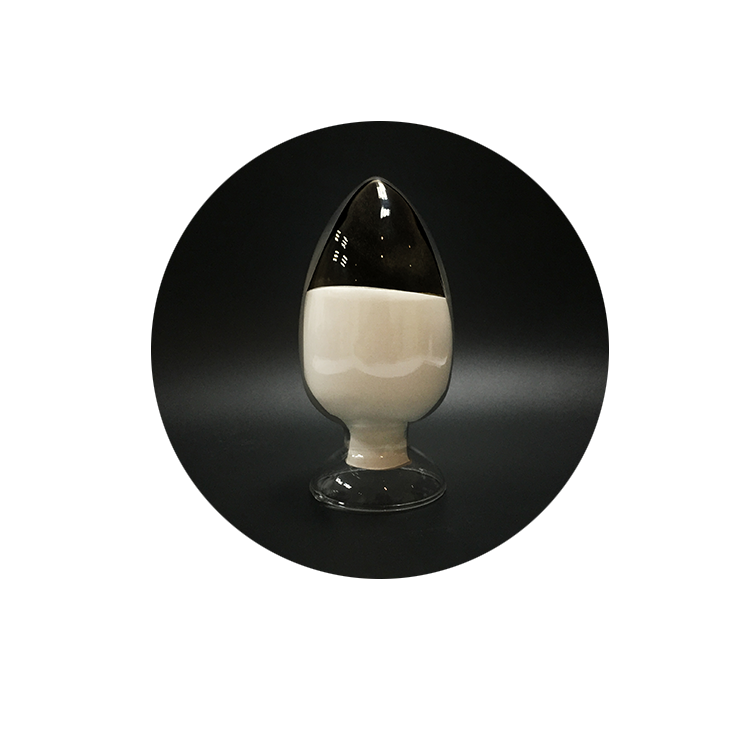The Function and Application of Colloid in Food
Colloids generally refer to some carbohydrate-based polymers, whose chemical structure is mainly composed of a large number of monomers with more than two reactive sites. Most colloids use different monosaccharides or amino acids as structural units, and then form polysaccharide peptides or their derivatives through glycosidic or peptide bonds. The structure of colloid molecules often contains more hydrophilic groups (such as hydroxyl, carboxyl, amino, etc.), so that the colloid can be fully hydrated or dissolved in water, and further a viscous solution or gel can be formed, thereby Colloids can exhibit rich functions and are widely used in food manufacturing.
1. Types of colloids
General colloids are classified mainly according to their origin. Such as carrageenan, tragacanth and gum arabic belong to vegetable gums; gelatin, chitosan and chitin belong to animal glues; agar, alginic acid and its salts, Ulva gum, carrageenan and alginate belong to seaweed gums ; Xanthan gum, keratin gum and gellan gum belong to microbial glue; methyl cellulose, carboxymethyl cellulose and hydroxyethyl cellulose belong to chemically modified glue.
2. Important functional properties of food colloids
Because of the diversity of functions, food colloids are used in many foods, such as some soups, gravies, salad dressings, sauces and toppings. Colloids are often used as thickeners; colloids are used in puddings, jelly and aspic It acts as a gel; it acts as an emulsifier in yogurt, ice cream and cream; it can be used as a fat substitute in meat and dairy products; it can be used as a coating agent in confectionery and fried foods; it can be used as a coating agent in beer and liquor Colloids can be used as clarifying agents in some oils; colloids can be used as encapsulation agents in some oils; colloids can be used as suspending agents in chocolate milk; colloids can play a role in inhibiting dehydration in cheese and frozen foods; in addition, colloids can also be used as bioplastics used in food packaging.
(1) Thickening
All hydrocolloids have a thickening effect upon hydration. For different types of food colloids, the thickening effect is different. Most natural colloids can obtain high-viscosity fluids at very low concentrations, but some colloids can only obtain relatively high-viscosity fluids even at very high concentrations. low viscosity fluid. Viscosity is generally related to the concentration, acidity and alkalinity (pH), temperature, salt ions, and shear force of the colloidal solution. Generally, the viscosity of ionic food colloids is more affected by system electrolyte and pH than that of non-ionic food colloids.
(2) Gel
All food colloids have viscosity properties and have a thickening function, but only some food colloids are gelatinous. Generally, food colloids with gel properties are all colloidal particles in the solution connected to each other under certain conditions to form a spatial network structure, and these structures are filled with liquid as a dispersion medium. This special dispersion system is a gel . The colloid can be regarded as a continuous phase, and the liquid can be regarded as a discontinuous phase; and the formed gel has no fluidity and often contains a large amount of liquid inside. Although many food gums cannot form gels when they exist alone, they can form gels when they are mixed together, that is, food colloids can exhibit a synergistic effect of thickening and gelation, such as carrageenan and locust Soybean gum, xanthan gum and locust bean gum, tragacanth gum and sodium alginate, etc.
(3) Emulsion stability
Food colloids can be stabilized by increasing the viscosity of the emulsion, but the individual molecules of general food colloids do not have the unique hydrophilic and lipophilic properties of emulsifiers at the same time, so they are not true emulsifiers. Its mode of action is mainly to prevent or weaken the migration and polymerization of dispersed oil globules by thickening and increasing the viscosity of the water phase. Form a cover film layer, and evenly distribute the charges to the film particles to make them repel each other to form a stable dispersion system; there are also some hydrophilic colloids that can play the role of surfactants, reducing the surface tension of the system to achieve the function of emulsification and stability .


